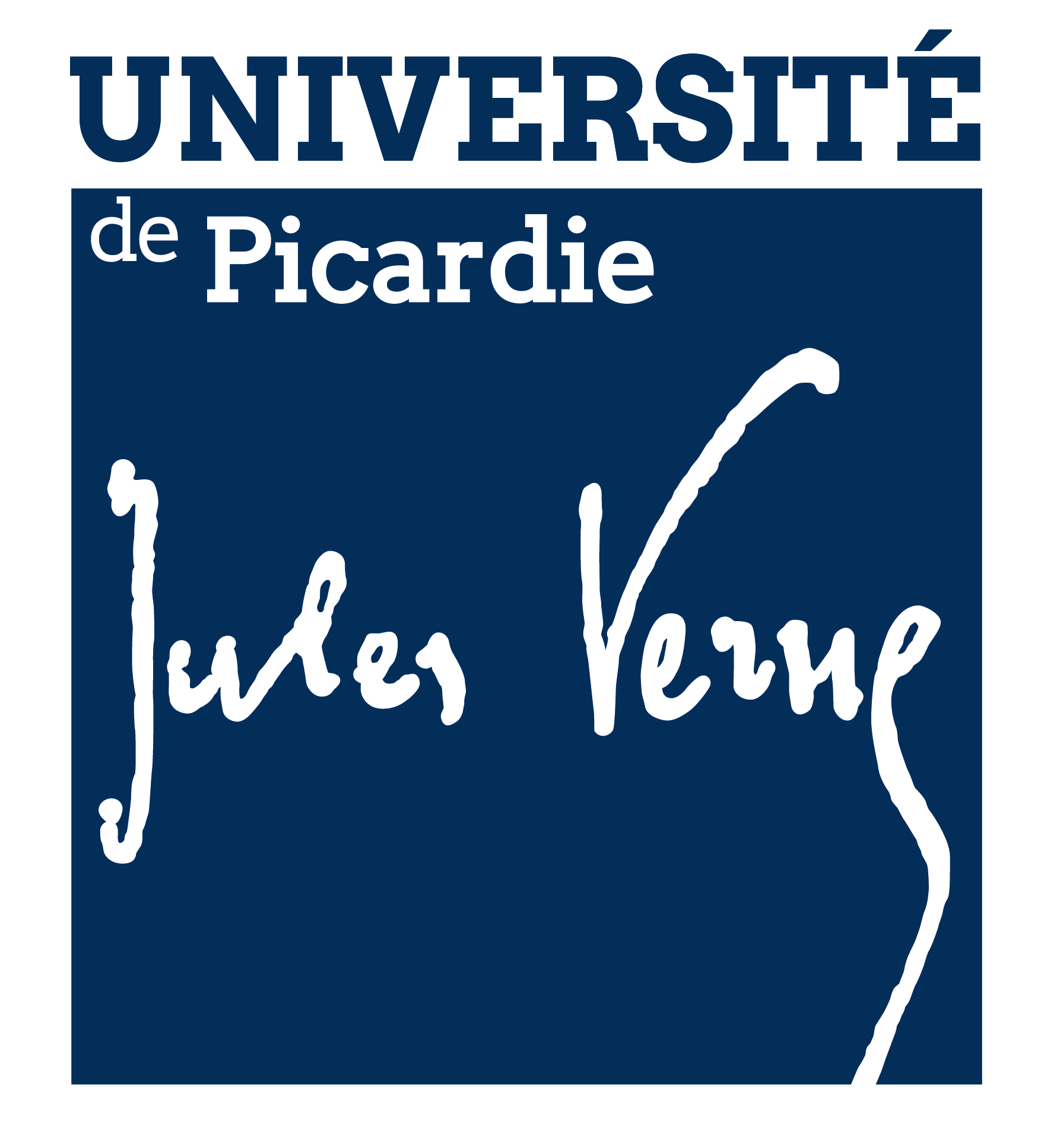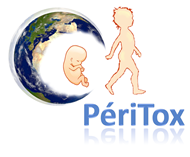PBPK modeling to support risk assessment of pyrethroid exposure in French pregnant women
Résumé
Background
Pyrethroids are widely used pesticides and are suspected to affect children's neurodevelopment. The characterization of pyrethroid exposure during critical windows of development, such as fetal development and prenatal life, is essential to ensure a better understanding of pyrethroids potential effects within the concept of Developmental Origins of Health and Disease.
Objective
The aim of this study was to estimate maternal exposure of French pregnant women from biomonitoring data and simulate maternal and fetal internal concentrations of 3 pyrethroids (permethrin, cypermethrin and deltamethrin) using a multi-substance pregnancy-PBPK (physiologically based pharmacokinetics) model. The estimated maternal exposures were compared to newly proposed toxicological reference values (TRV) children specific also called draft child-specific reference value to assess pyrethroid exposure risk during pregnancy i.e. during the in utero exposure period.
Methods
A pregnancy-PBPK model was developed based on an existing adult pyrethroids model. The maternal exposure to each parent compound of pregnant women of the Elfe (French Longitudinal Study since Childhood) cohort was estimated by reverse dosimetry based on urinary biomonitoring data. To identify permethrin and cypermethrin contribution to their common urinary biomarkers of exposure, an exposure ratio based on biomarkers in hair was tested. Finally, exposure estimates were compared to current and draft child-specific reference values derived from rodent prenatal and postnatal exposure studies.
Results
The main contributor to maternal pyrethroid diet intake is cis-permethrin. In blood, total internal concentrations main contributor is deltamethrin. In brain, the major contributors to internal pyrethroid exposure are deltamethrin for fetuses and cis-permethrin for mothers. Risk is identified only for permethrin when referring to the draft child-specific reference value. 2.5% of the population exceeded permethrin draft child-specific reference value.
Conclusions
A new reverse dosimetry approach using PBPK model combined with human biomonitoring data in urine and hair was proposed to estimate Elfe pregnant population exposure to a pyrethroids mixture with common metabolites.
Domaines
Sciences du Vivant [q-bio]| Origine | Publication financée par une institution |
|---|---|
| licence |





